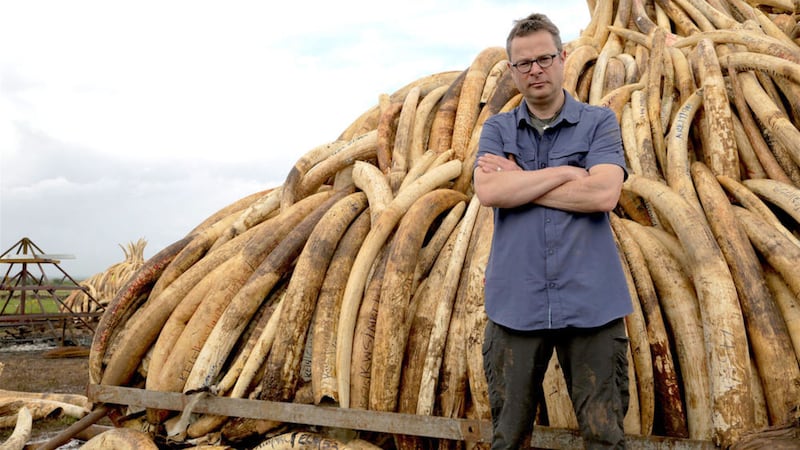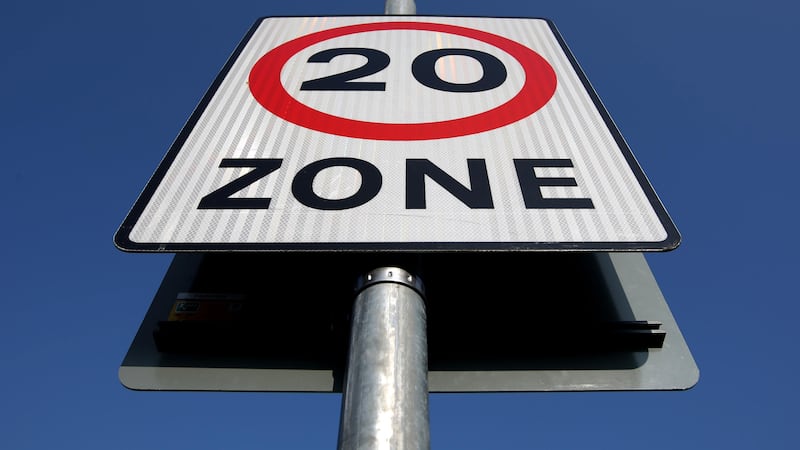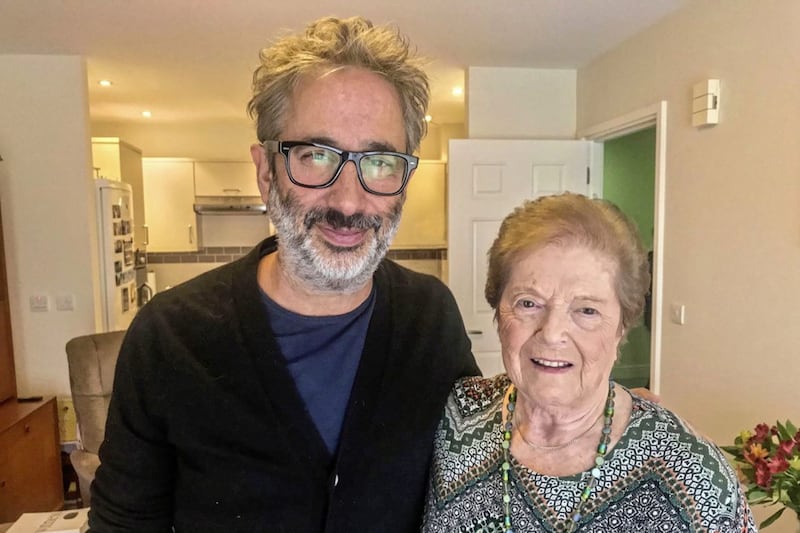Saving Africa’s Elephants: Hugh and the Ivory War, Monday, BBC 1 at 9pm
The figures are startling.
Eighty elephants a day are being killed in Africa for their ivory. At the beginning of the 20th Century there were an estimated 4 million elephants in the continent, now there are around 400,000.
In the Niassa Reserve, where Hugh Fearnley-Whittingstall starts his programme on the Mozambique and Tanzania border, two-thirds of the elephants have been killed by poachers in the last three years.
The Mozambique side say the Tanzanian border guards are accepting bribes, but whatever the truth of it, a population of 12,000 elephants has been reduced to little more than 4,000 in the latest survey.
How can this be happening when the world-wide trade in ivory was banned in 1989?
The problem is that it remains legal to sell pre-1989 ivory and the only way to tell the difference between the old and the new is through carbon dating.
Thus traders in Hong Kong can maintain the fiction that their never depleted stocks of ivory are from their personal stores of pre-1989 elephant tusk.
Fearnley- Whittingstall, who has morphed from a TV chef into an animal rights campaigner, came to the south-eastern part of the continent because he tells us that 78 percent of illegal ivory comes from Tanzania and Mozambique.
It’s an evil trade and Hugh was full of passion to bring it to an end.
He set about exposing the chain of poachers, smugglers and officials who make up the ivory trade.
He started at Heathrow airport in London where he inspected an ivory tusk intercepted by customs. Hugh was horrified when told that the dark matter on the top third of the tusk was elephant brain, left there when the tusk was dug out of the animal’s head.
In Niassa, we were told that the poachers come across the border from Tanzania, with the border guards accepting payments to not just look the other way but directing operations and loaning out their guns.
Hugh then travelled to the port of Mombasa, Kenya were the ivory is smuggled through a porous checkpoint and finally to Hong Kong where a trader told him that carved ivory pieces in shrink-wrap were almost 30 years old.
With the amount of money involved, it’s difficult to see how a solution can be found, but if one isn’t the end of the elephant is but a couple of decades away.
The world's most powerful countries have plenty of things to worry about, including a disintegrating middle-east and the economic damage a reversal of globalisation would bring, but somehow they must also save the most magnificent animal on our planet.
***
Panorama: The Refugees Who Make Our Clothes, BBC 1, Monday at 8.30pm
Another problem seemingly without solution is the treatment of workers in Asian clothes workshops.
Western shoppers demand cheap clothes and high street brands are struggling to maintain control over their suppliers.
In Turkey some of the companies with deals to produce clothes for British brands have sub-contracted some of the work to less regulated factories.
Panorama found children working in some and Syrian migrants working for a cash-in-hand rate below the Turkish minimum wage.
Unfortunately, it is neither new nor surprising.
Numerous previous television documentaries have exposed these practices but nevertheless the trade continues.
Shoppers may love disposable fashion, where clothing is so cheap that it can be chucked out after a few wears.
But somebody has to pay the price and it seems at the moment it is Turkish children.








